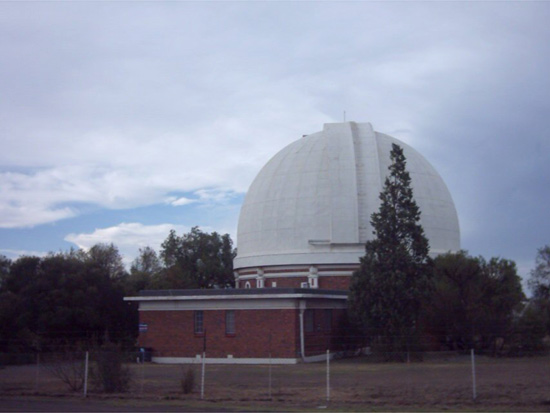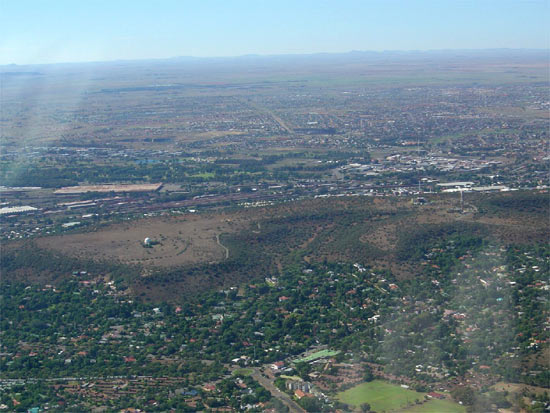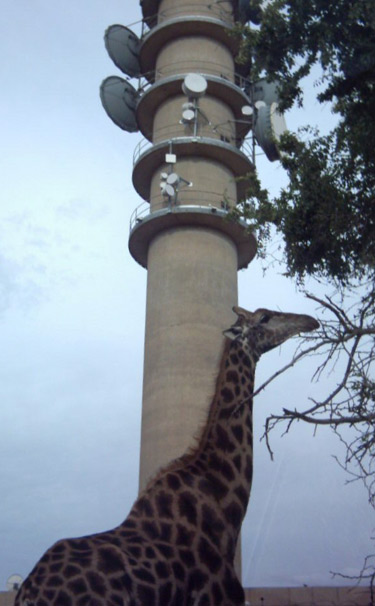


William Joseph Hussey was one the directors of the Detroit Observatory. Hussey’s special interest was double stars. In 1902, Hussey and his friend Robert Patterson Lamont began a series of discussions about the possibility of starting an observatory in the Southern Hemisphere devoted to cataloging double stars. (Parts of the southern sky are never visible from observatories in United States: combining U. S. observatories with South American observatories would allow the entire celestial sphere to be covered.)
In 1908, Lamont donates funds to be used for a southern hemisphere observatory. As part of his desire to catalog double stars, Hussey entered into collaborations with other organizations.
Hussey visited the Lick Observatory where he and Aitken (an astronomer at Lick) discovered 1,338 double stars. There were some discussions about a collaboration with the University of La Plata (in South America) to catalog more doubles. Hussey spent a few years with a joint appointment with both universities. In the process, a plan to build the “largest telescope in the world” at La Plata was developed. However this did not materialize. Hussey discovered 312 double stars while at La Plata. Hussey had also considered a site in Argentina for an observatory.
In 1925, a 27” refractor was built in Ann Arbor. Hussey died in 1926, however the dream of a southern observatory did not end. Lamont contributed money for the construction of a new observatory in the town of Bloemfontein, South Africa. The main room was 56 feet in diameter and the 27” refractor built earlier was shipped to South Africa and placed in this observatory. The Lamont-Hussey Observatory was dedicated in 1928 (named after the two friends). The observatory had 2,606 visitors its first year.
Up to that point, catalogs of double stars only went to 9.1 magnitude at best. But observations at the new observatory over the next decade increased that to 9.5 magnitude. Between 1928 and 1937 a total of 5,560 new double stars were cataloged. The observatory was officially closed in 1953, but due to numerous requests it was used several times after that. It reopened in 1963 to continue its work of cataloging double stars. Because the University was concerned about ties between the two observatories, in 1972 the observatory closed for good, some of the equipment was returned to Ann Arbor, and some was left in South Africa.
Even though the building is no longer an operational observatory, it still exists as the photographs on this page show. Starting this summer (the summer of 2013), the building is being converted to a digital planetarium, the first in sub-Saharan Africa. For more information see the news release from the University of the Free State in Bloemfontein, South Africa: http://www.ufs.ac.za/spotlight.aspx?spid=353

th
The photographs on this page used with permission of Gerrit Penning (Bloemfontein Centre of the Astronomical Society of Southern Africa - the City of Bloemfontein’s Astronomy Club, South Africa).
These photographs show the Lamont-Hussey Observatory from the ground and the air. There are a few semi-tamed wild animals on the Observatory grounds, which is still a nature reserve.